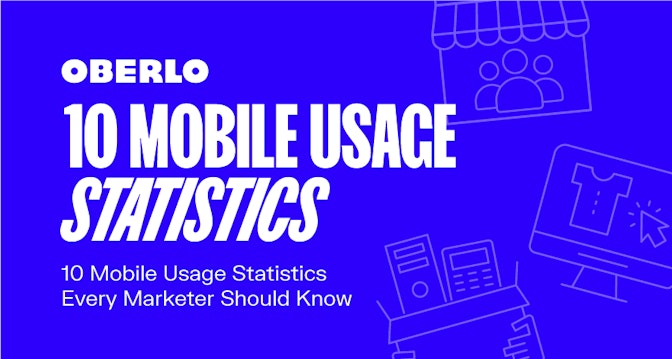By now you’ve probably heard that Facebook is the #1 referral source of traffic for clever marketers. Those who have cracked the Facebook code swear by it and just can’t stop raving about it. Today’s Facebook marketing plan template will help you join those marketers.
How can sellers like yourself jump on the bandwagon and achieve same levels of success with Facebook?
It’s possible even without spending a single dollar on Facebook advertising. This Facebook marketing plan template is designed to help you with that.
After reading this post, you’ll learn:
1) Why it’s important always to start with one main goal for Facebook marketing.
2) How to get to know your Facebook audience.
3) What, when and how to post.
4) How to build a posting schedule.
5) How to measure the effectiveness of your Facebook strategy.
Let’s get to it.
Define your Facebook marketing goals
Continuous success of any marketing strategy is based on the 3 stage process of measuring, analyzing and adjusting your campaigns. Even more so with Facebook marketing. With the trove of data provided to you for free in Facebook Insights – the measuring part is always already completed for you.
As with every planning activity, before you begin to plan for anything – you need to understand what are your goals. What are you trying to achieve? It’s easier to hit the target if you know which target you intend to hit. Otherwise, you might find yourself shooting blanks in the middle of your campaign.
As a business that is trying to succeed on Facebook, there are two basic goals you could aim for.
You might be willing to drive referral traffic back to your shop or product pages. This way the key metric you’ll be monitoring is clicks. Alternatively, it’s also possible you want to strengthen your brand and increase brand awareness. In this case, you better watch out for the reach your posts are getting.
Whatever your main goal, don’t forget that Facebook is a social network. It’s where people are open to building new relationships and becoming a part of new communities. It’s easy to get carried away by the scheduled routine and forget that key to your success on Facebook lies in actually interacting with potential and existing customers.
Action: Decide if you’re going to optimize your Facebook marketing efforts for clicks or reach.
Know your Facebook audience
You could spend hours trying to decipher the Facebook Insights and affinity categories in Google Analytics in search for some new powerful connections between your customers and their interests. But in the end, you’ll probably find that visitors of your Jewelry store are interested in Handmade Jewelry and Luxury Products. Really? What a surprise!
There’s a better use of your time if you’re looking to quickly get all the info you need about your customers. Just ask them. Creating a survey or a poll couldn’t be easier these days. You can use Typeform to create beautiful surveys and forms out of the box. I promise you’ll be pleasantly surprised when you take a look at the survey completion rates.
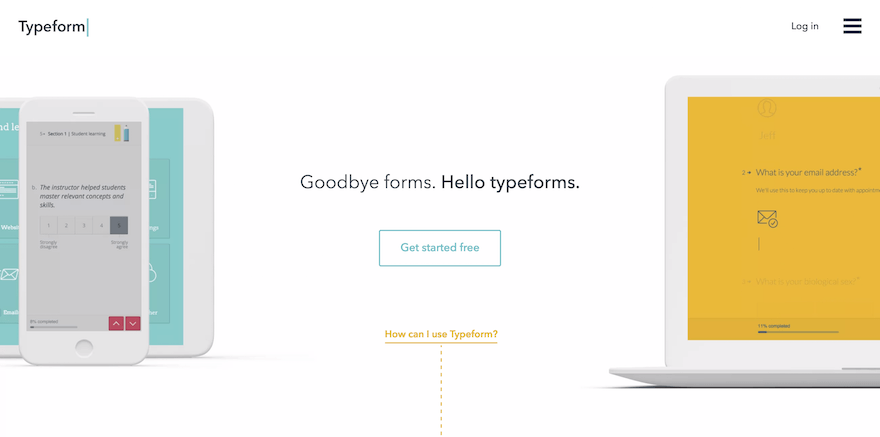
Use typeforms to learn more about your potential customers.
Better yet, why ask your customers anything if you can see everything you need for yourself? With tools like Hotjar you can spy on your visitors and see exactly what they are doing on your website. A simple integration with your e-commerce software will allow you to see a video recording of the actions visitor performed on the website. You can then see what type of products customer was searching for, how long has he spent on checkout and if everything was clear to him and more.
The idea behind all these activities is to gather as much context as possible about your customers. You can then use that information to create a user persona for your Facebook campaigns. Use it to understand who you’re reaching out to on Facebook. It helps to get a better understanding of who you’re targeting and come up with content ideas.
Action: Construct a buyer persona by gathering as much information about them as possible. For best results, use tools like Typeform, Hotjar, Facebook Insights and Google Analytics Affinity Categories.
What type of content you should post
What kind of posts should you write to get more sales? Is it photo posts, link posts, video posts or text posts?
The answer is all of them.
Even though video is an undisputed winner when it comes to comparing content types for reach, as a seller you need to mix the type of content you’re posting. Try posting multiple types of content per day, see what works best and do more of what works.
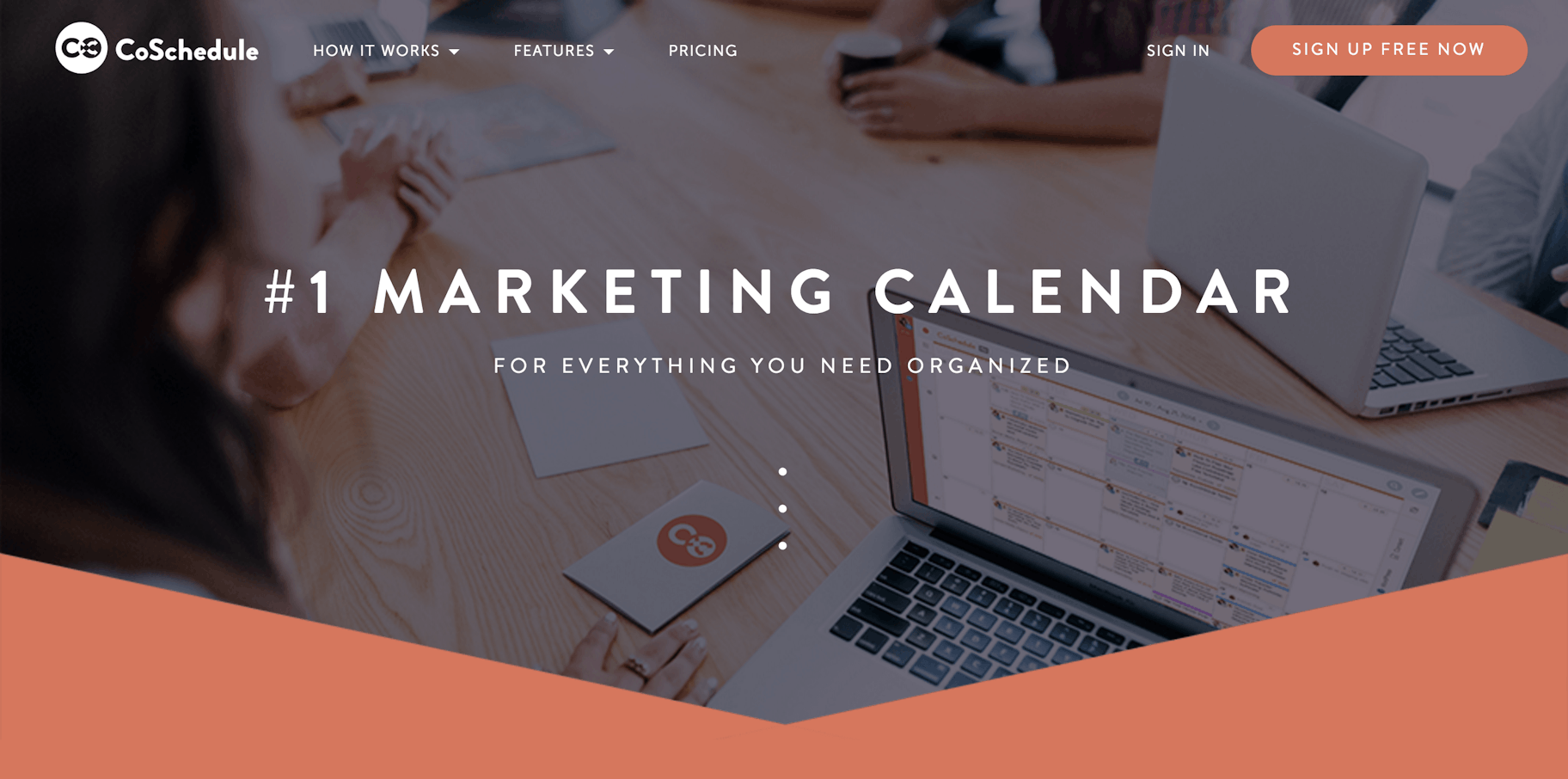
CoSchedule – built for people who are tired of planning social media campaigns in spreadsheets.
To help you remember what content to post you can go old-school and use a spreadsheet OR you can use a marketing calendar like CoSchedule. Not only will it help you plan your campaigns and organize everything in a very neat calendar view, it will also allow you to re-schedule some of the older posts you have already created. Essentially it’s two tools in one!
Action: Accept that you can’t just post link+image posts anymore. Prepare to create all types of content if you want to hit the goals you outlined in the steps before.
Measuring the effectiveness of your Facebook marketing efforts
It’s easy to convince yourself that you were always going for brand awareness with your strategy. After all, getting views is so much easier than actually converting those views in leads and sales. However, you and I both know what you really want is sales.
So don’t waste your time on vanity metrics. Measure clicks, leads and sales. That’s it. That’s all you need to start.
The more you post, the more you’ll understand what kind of content performs best. Do more of what works and you’ll soon find yourself among the select few marketers who cracked the Facebook Code.
Action: Don’t spend hours trying to understand all the metrics you see in Facebook Insights. Pay attention to the clicks, leads and sales.
Facebook marketing plan template
As promised, here’s the Facebook marketing plan template for you to use to jump-start your Facebook Marketing strategy session. It’s divided into 3 sections – daily activities, monthly schedule, and long-term plan.
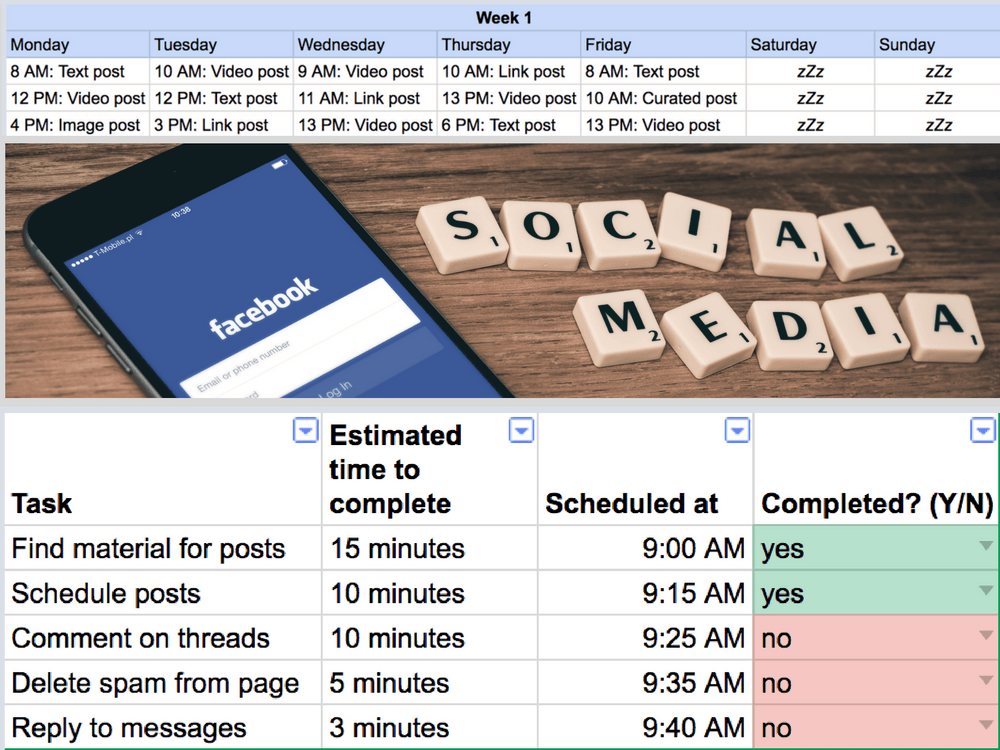
Preview of the Facebook marketing plan template with weekly and daily activities.
Start with the long-term plan, identify the key targets you want to hit in the given month and what are the activities that will get you there. Proceed with the monthly schedule – this is where you plan the type and date of the individual posts. And finally the daily activities – to help you stay organized throughout the day.
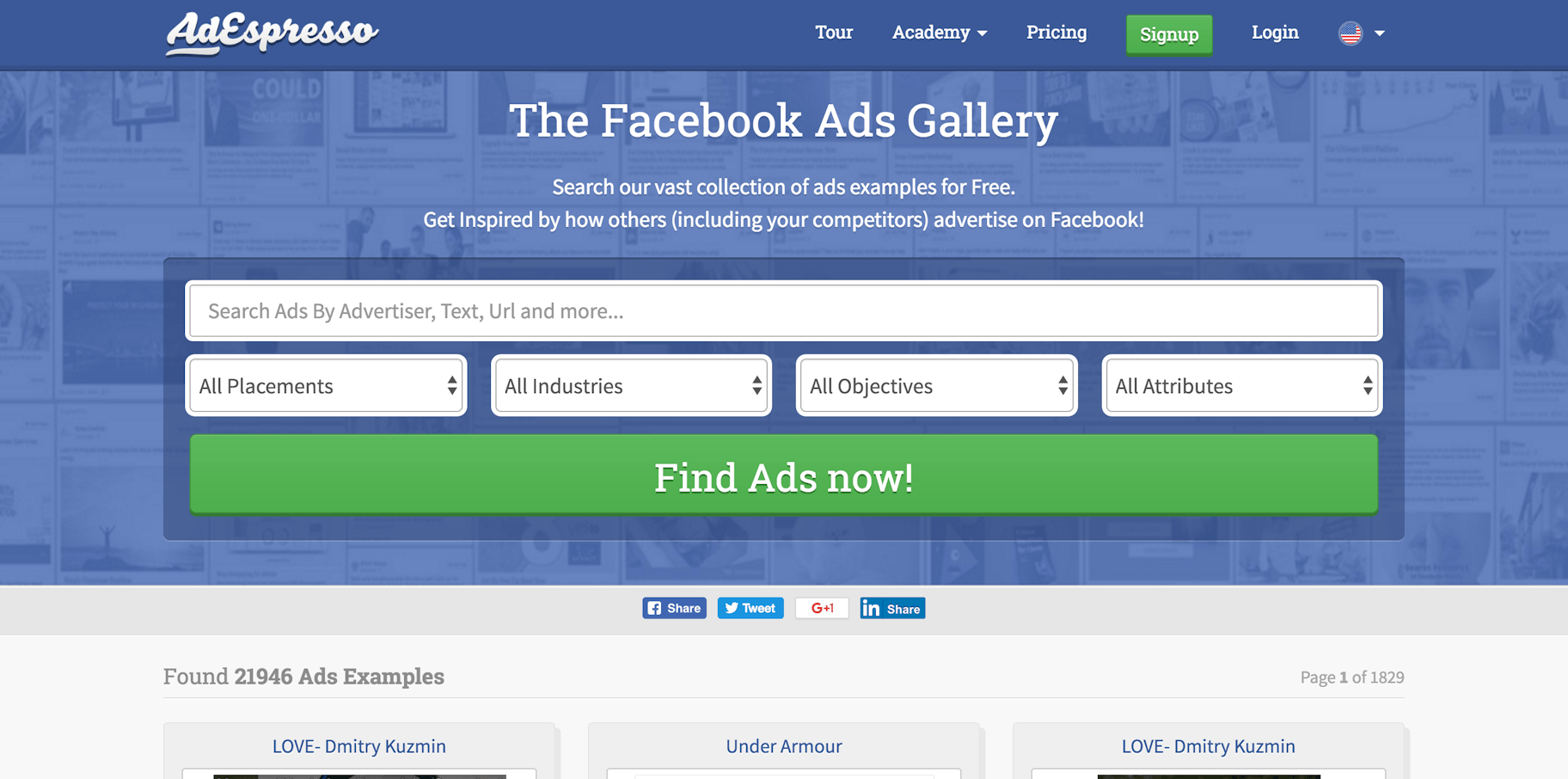
Get inspired by thousands of Facebook Ads in AdEspresso gallery. Use them to create a similar paid campaign or adjust them for use as a regular post.
And if you’re completely stuck and don’t have any ideas on what to actually post, here’s a gallery of good Facebook ads. Learn from the best, but remember to adjust this to the sell without selling principle. Facebook doesn’t want to put sales updates in user news feeds.
Action: Download the Facebook marketing plan template and visit the Facebook ad gallery for tons of Facebook inspiration.
Over to you
Now it’s your time to create Facebook marketing strategy for your store. Getting sales from Facebook is a long game, so don’t to push your product down customer’s throat. Win their hearts by avoiding direct selling and pique their interest with something truly entertaining. Good luck with your sales!

Don’t wait for someone else to do it. Hire yourself and start calling the shots.
Get Started FreeWant to Learn More?
- 5 Ways to Improve Your Facebook Marketing Strategy for Online Stores
- Facebook Ads Tactics That’ll Skyrocket Sales!
- How to Create a High-Converting Facebook Marketing Strategy
- The Beginners Guide: Facebook Marketing Cost and Tips
Is there anything else you’d like to know more about and wish was included in this article? Let us know in the comments below!


